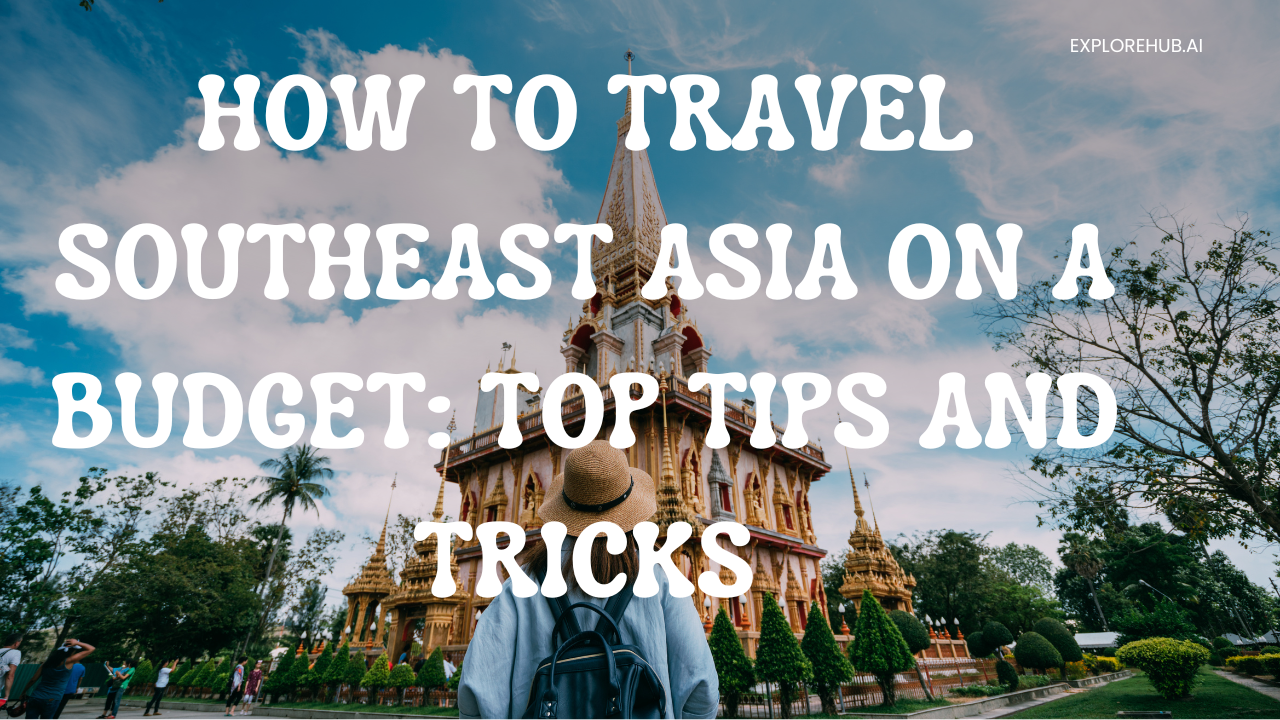Do you want to visit Southeast Asia without going over budget? Good news! This vibrant region is a haven for budget travelers, offering rich culture, stunning landscapes, and unforgettable experiences at a fraction of the cost compared to other parts of the world. Whether it’s island-hopping in the Philippines, trekking through the jungles of Thailand, or exploring Cambodia’s ancient ruins, Southeast Asia has something for everyone.
However, how can one afford to experience all of this? Here’s where our guide can help. Packed with useful pointers and insider knowledge, you’ll discover how to maximise your vacation without going over budget.
Table of Contents
Pre-Trip Preparation
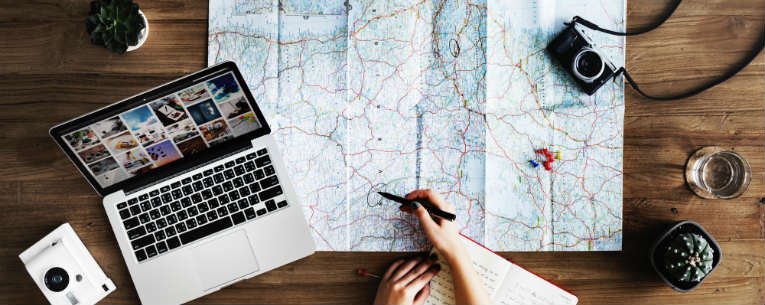
Setting a Realistic Budget
Creating a travel budget is your first step toward a stress-free adventure. Research average costs for accommodations, food, transportation, and activities in the countries you plan to visit. On average, $30–$50 a day is sufficient for budget travelers in Southeast Asia, depending on the country and your spending habits.
Pro Tip: Leave room for unexpected expenses like souvenirs or last-minute tours. Having a little financial cushion will ensure you’re never caught off guard.
Researching Cost-Effective Destinations
Some countries in Southeast Asia are more budget-friendly than others. For example, while Cambodia and Laos are extremely affordable, Singapore and Brunei can strain your wallet if you’re not careful. Prioritize destinations that align with your budget and interests. Tools like travel blogs, forums, and YouTube vlogs can help you uncover hidden gems and budget-friendly hotspots.
Travel Insurance: Why It’s Essential
It may appear cost-effective to forego travel insurance, but the danger is too great. Having insurance can protect you from unforeseen costs worth thousands of dollars, such as medical problems or travel disruptions. Seek out reasonably priced solutions with extensive coverage.
Affordable Transportation
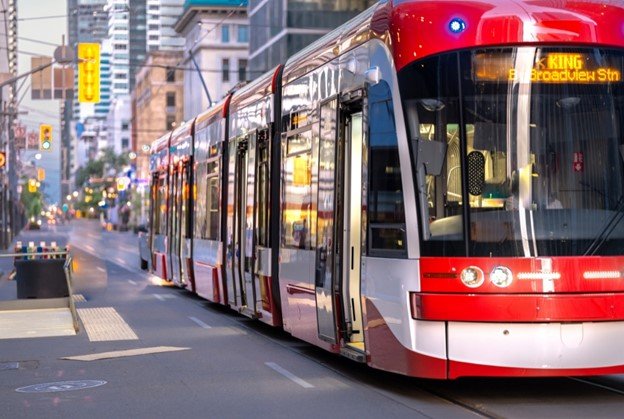
Finding Cheap Flights to Southeast Asia
Flights are often the biggest expense for any trip. To find the best deals, book your tickets well in advance and use flight comparison websites like Skyscanner, Kayak, or Google Flights. Flexibility with your travel dates and destinations can significantly lower costs.
Budget Airlines in the Region
Once in Southeast Asia, budget airlines like AirAsia, Scoot, and Nok Air make it easy to hop between countries without spending a fortune. Keep an eye on promotional fares, but read the fine print to avoid hidden fees.
Using Public Transport for Local Exploration
Public transportation, such as buses, trains, and tuk-tuks, is incredibly affordable and often an adventure in itself. For short distances, consider renting a motorbike or bicycle, which is both cheap and a fun way to explore.
Accommodation Hacks
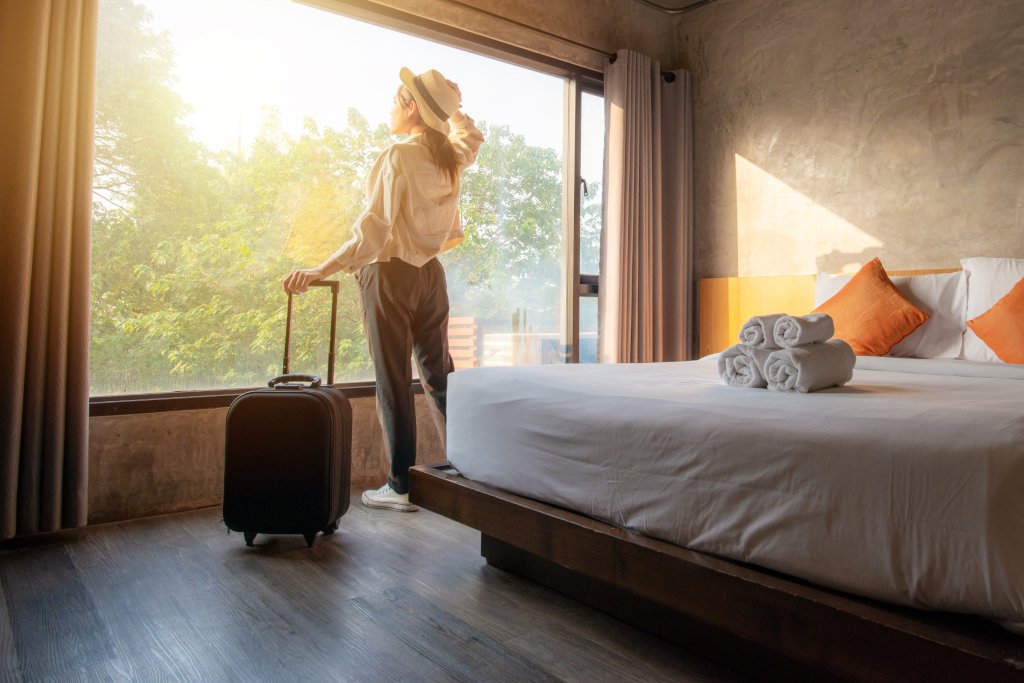
Hostels vs. Hotels: What’s More Cost-Effective?
Hostels are a staple for budget travelers, offering dorm beds for as little as $5 a night in many places. If you need more privacy, budget hotels or guesthouses are a great alternative, especially when traveling with friends or family.
Couchsurfing and Homestays
For a unique cultural experience, try Couchsurfing or staying with a local family through homestay programs. Not only will you save money, but you’ll also gain invaluable insights into local life.
Booking Apps and Platforms for Deals
Platforms like Agoda, Booking.com, and Hostelworld often have discounts and deals. Use filters to sort by price, rating, and amenities to find the best value for your money.
Saving on Food and Drinks

Exploring Street Food Culture
In addition to being inexpensive, street food is tasty and genuine. In countries like Thailand and Vietnam, meals from street vendors can cost as little as $1. Don’t be afraid to try local dishes—just ensure the food is fresh and cooked thoroughly.
Cooking Your Own Meals
If you’re staying in accommodations with kitchen facilities, cooking your meals can be a significant money-saver. Local markets offer fresh ingredients at incredibly low prices.
Avoiding Tourist Trap Restaurants
Restaurants near tourist hotspots tend to be overpriced. Venture into less crowded neighborhoods to find hidden culinary gems frequented by locals.
Activities and Attractions
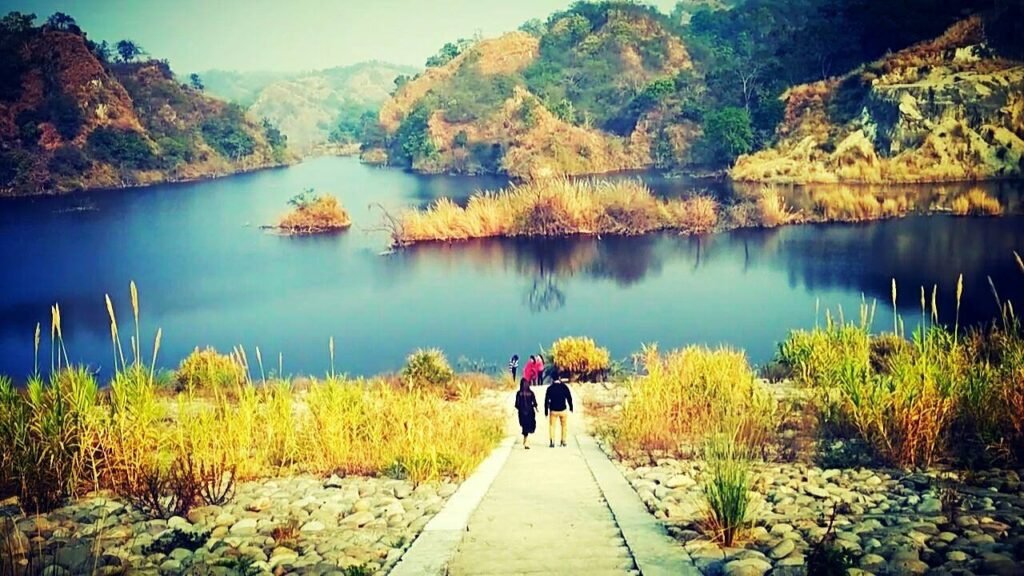
Free or Low-Cost Attractions in Each Country
Southeast Asia is filled with natural beauty and historical landmarks that are either free or cost very little. Visit public beaches, hike through national parks, or explore local markets without spending much.
Group Tours vs. DIY Adventures
While group tours offer convenience, planning your own adventures is often cheaper and more flexible. Rent a bike, use public transport, or join free walking tours to explore at your own pace.
Discounts for Cultural Experiences
Always ask about student or group discounts at museums, temples, and cultural performances. These small savings can add up quickly.
Budgeting Tips for Each Country
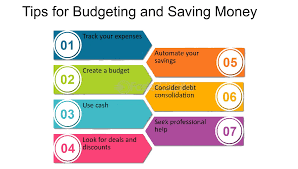
Thailand
Stick to street food and take advantage of budget accommodations in places like Chiang Mai. For a genuine experience, visit local markets and free temples.
Vietnam
Night buses are a cost-effective way to travel between cities while saving on accommodation. Don’t miss the affordable and flavorful street food, like banh mi and pho.
Indonesia
Avoid tourist-heavy spots in Bali and instead explore lesser-known islands like Lombok and Flores for a more affordable experience.
Cambodia and Laos
Affordable hostels and guesthouses are abundant. Don’t miss out on exploring ancient ruins like Angkor Wat, which offer good value for their ticket prices.
Staying Connected

SIM Cards and Internet Packages
Local SIM cards are a cheap and reliable way to stay connected. They’re available at airports and local shops for as little as $10 with plenty of data.
Using Free Wi-Fi
Many cafes, restaurants, and hostels provide free Wi-Fi. Download offline maps and guides in case you’re in areas with limited connectivity.
Safety and Money-Saving Tips

Avoiding Scams
Deals that look too good to be true or strangers who are too pleasant should be avoided. To keep ahead of the game, research typical scams in the area.
Using Local Currency Smartly
Paying in local currency is often cheaper than using foreign currencies. ATMs typically offer better exchange rates than currency exchange counters.
Staying Healthy on the Road
Carry a refillable water bottle with a built-in filter to save on bottled water. Avoiding illness is crucial for both your health and your wallet.
Sustainable Travel on a Budget
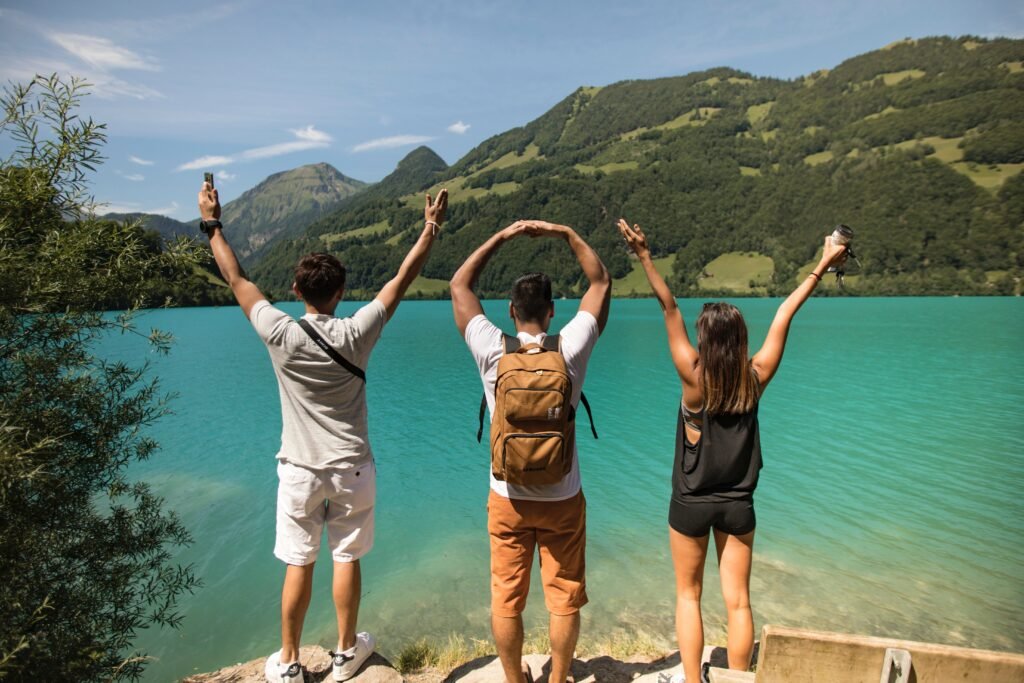
Supporting Local Businesses
Shop at local markets and dine at family-run restaurants to contribute to the local economy while enjoying unique, authentic experiences.
Reducing Plastic Waste
Bring reusable bags, water bottles, and utensils to minimize your environmental impact.
Also visit:
Plan Your Adventure: Top Hiking Trails in Colorado for Weekend Getaways
The Most Scenic Top Hiking Trails in Colorado for Stunning Views
Explore Beyond Rome and Venice: Hidden Gems in Italy
Hidden Gems in Italy: Your Guide to Offbeat Adventure
Hidden Germs in Italy: Unique and Undiscovered Places
The Best Beaches in Florida for Nature Lovers
Conclusion
Traveling Southeast Asia on a budget is an exciting and rewarding experience. With its affordable food, accommodations, and activities, the region offers countless opportunities for adventure without breaking the bank. Follow these tips, embrace the local culture, and create memories that will last a lifetime.

